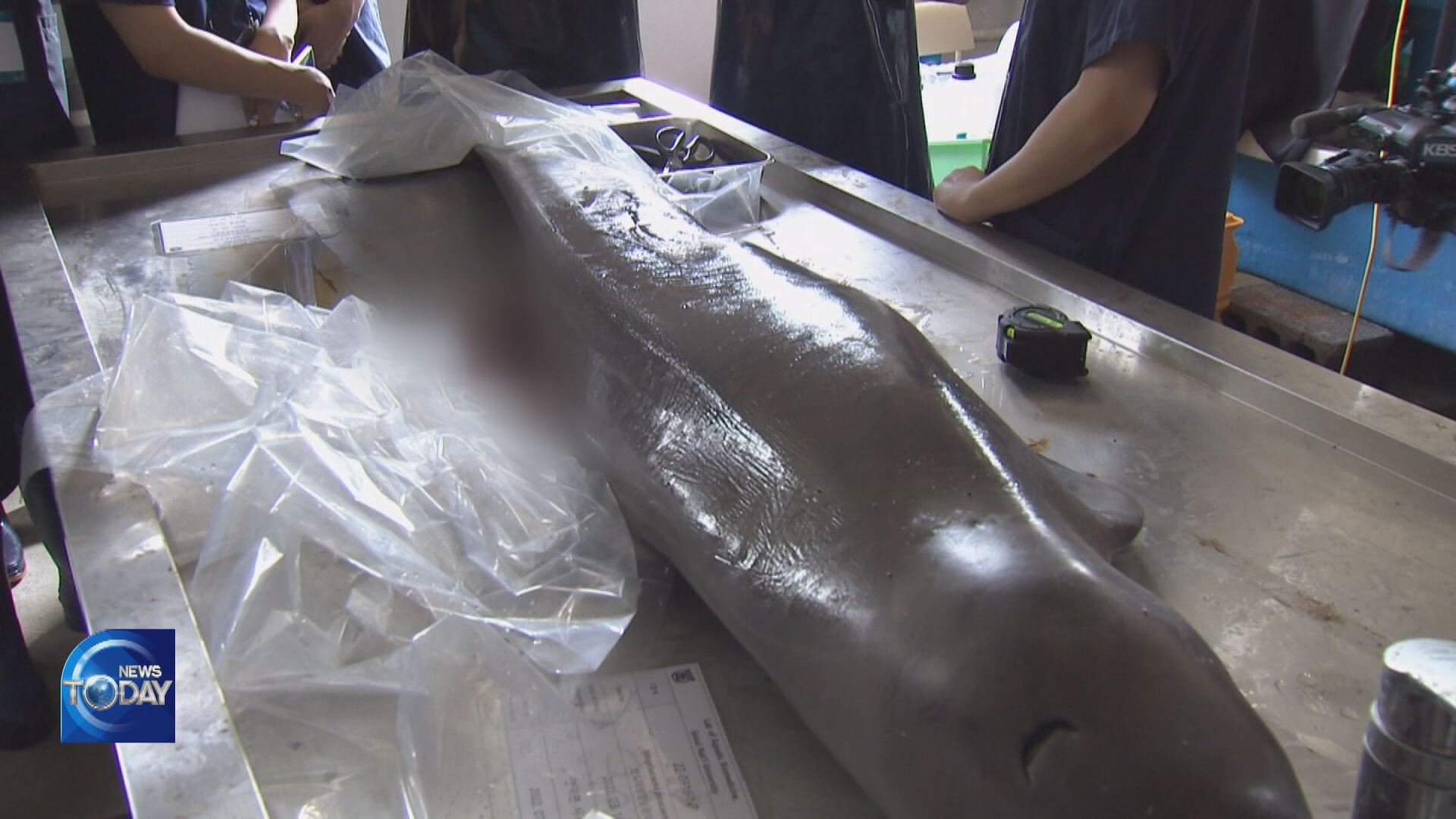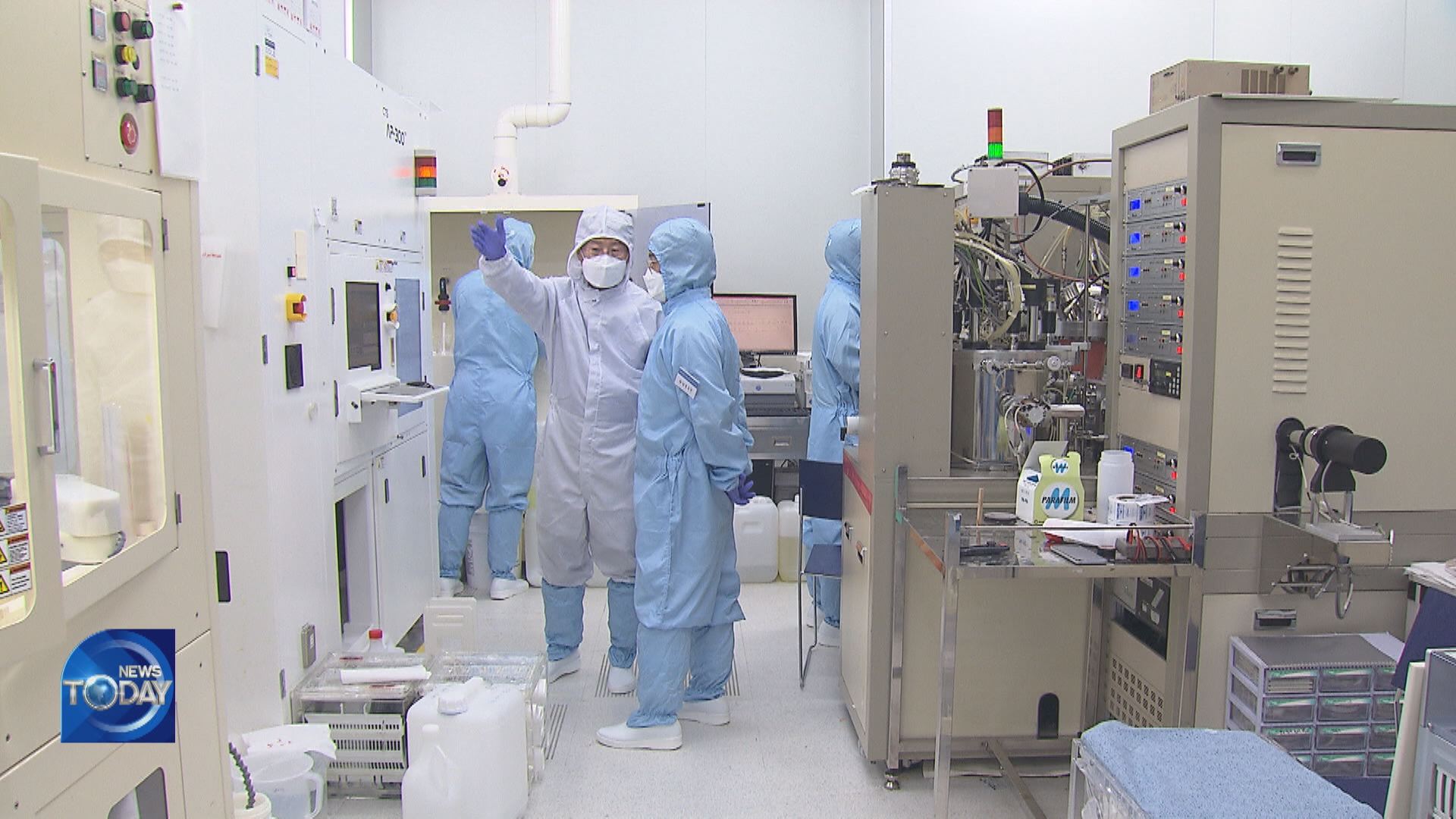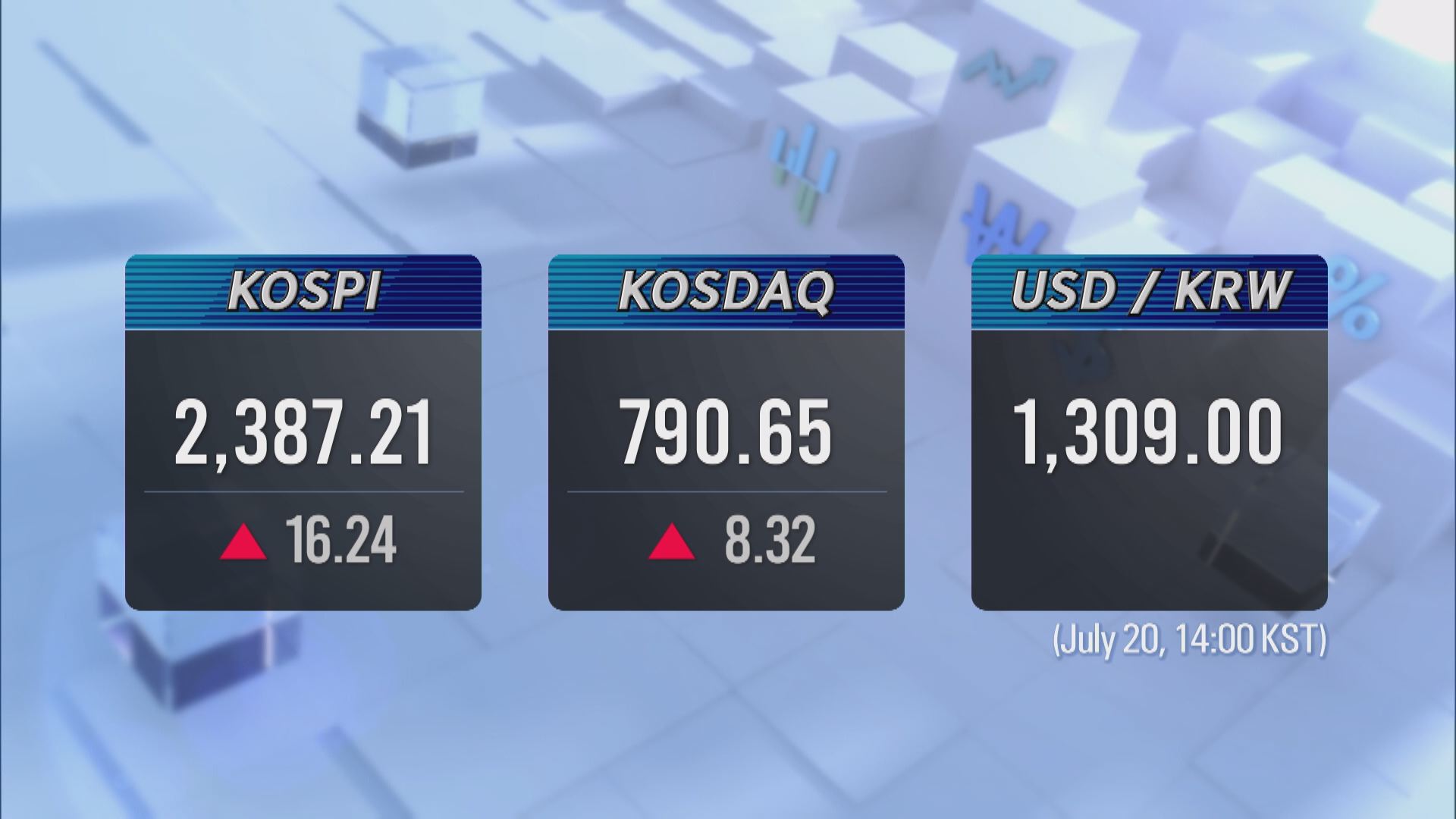CAUSE OF DOLPHINS’ DEATH
입력 2022.07.20 (15:05)
수정 2022.07.20 (16:45)
읽어주기 기능은 크롬기반의
브라우저에서만 사용하실 수 있습니다.
[Anchor Lead]
An autopsy has been held to determine the cause of death of three dolphins recently found dead in waters near Jejudo Island. A two meter long fishing line was found inside the belly of one dolphin, while the other was found to be pregnant.
[Pkg]
A finless porpoise, a globally endangered species nicknamed the "smiling dolphin," is placed on an autopsy table. This Indo-Pacific finless porpoise, rarely seen near the Korean Peninsula, was found dead in waters off the Jeju city of Seogwipo in March. Inside the belly was a two meter long fishing line all tangled up and featuring four 5-centimeter long fishhooks. A large number of parasites and plastic vinyl were also found. It likely died after swallowing the fishing line which prevented it from eating properly.
[Soundbite] Lee Seong-bin(Seoul Nat'l Univ. Aquatic Biomedicine Research Lab) : "The pain would have slowed that purpose down, while accumulation of stomach content gave rise to parasites."
This is another dead porpoise that washed ashore on Jejudo Island late last year. It was carrying a 4 to 5 month-old fetus that was 36 centimeters long. Researchers suspect the dolphin got caught in a net and died from suffocation. An autopsy was held to identify the cause of death of three dolphins and to analyze how humans impact the ocean.
[Soundbite] Prof. Kim Byeong-yeob(Jeju Nat'l Univ.) : "The creature could have died carrying diseases and viruses. Uncovering these facts can help their future protection."
Around 50 finless porpoises and ten Indo-Pacific bottlenose dolphins are found dead near Jejudo Island each year. Eyes are on whether the latest autopsy and research will be able to shed light on the cause of death including indirect causes, such as microplastics.
An autopsy has been held to determine the cause of death of three dolphins recently found dead in waters near Jejudo Island. A two meter long fishing line was found inside the belly of one dolphin, while the other was found to be pregnant.
[Pkg]
A finless porpoise, a globally endangered species nicknamed the "smiling dolphin," is placed on an autopsy table. This Indo-Pacific finless porpoise, rarely seen near the Korean Peninsula, was found dead in waters off the Jeju city of Seogwipo in March. Inside the belly was a two meter long fishing line all tangled up and featuring four 5-centimeter long fishhooks. A large number of parasites and plastic vinyl were also found. It likely died after swallowing the fishing line which prevented it from eating properly.
[Soundbite] Lee Seong-bin(Seoul Nat'l Univ. Aquatic Biomedicine Research Lab) : "The pain would have slowed that purpose down, while accumulation of stomach content gave rise to parasites."
This is another dead porpoise that washed ashore on Jejudo Island late last year. It was carrying a 4 to 5 month-old fetus that was 36 centimeters long. Researchers suspect the dolphin got caught in a net and died from suffocation. An autopsy was held to identify the cause of death of three dolphins and to analyze how humans impact the ocean.
[Soundbite] Prof. Kim Byeong-yeob(Jeju Nat'l Univ.) : "The creature could have died carrying diseases and viruses. Uncovering these facts can help their future protection."
Around 50 finless porpoises and ten Indo-Pacific bottlenose dolphins are found dead near Jejudo Island each year. Eyes are on whether the latest autopsy and research will be able to shed light on the cause of death including indirect causes, such as microplastics.
■ 제보하기
▷ 카카오톡 : 'KBS제보' 검색, 채널 추가
▷ 전화 : 02-781-1234, 4444
▷ 이메일 : kbs1234@kbs.co.kr
▷ 유튜브, 네이버, 카카오에서도 KBS뉴스를 구독해주세요!
- CAUSE OF DOLPHINS’ DEATH
-
- 입력 2022-07-20 15:05:26
- 수정2022-07-20 16:45:35

[Anchor Lead]
An autopsy has been held to determine the cause of death of three dolphins recently found dead in waters near Jejudo Island. A two meter long fishing line was found inside the belly of one dolphin, while the other was found to be pregnant.
[Pkg]
A finless porpoise, a globally endangered species nicknamed the "smiling dolphin," is placed on an autopsy table. This Indo-Pacific finless porpoise, rarely seen near the Korean Peninsula, was found dead in waters off the Jeju city of Seogwipo in March. Inside the belly was a two meter long fishing line all tangled up and featuring four 5-centimeter long fishhooks. A large number of parasites and plastic vinyl were also found. It likely died after swallowing the fishing line which prevented it from eating properly.
[Soundbite] Lee Seong-bin(Seoul Nat'l Univ. Aquatic Biomedicine Research Lab) : "The pain would have slowed that purpose down, while accumulation of stomach content gave rise to parasites."
This is another dead porpoise that washed ashore on Jejudo Island late last year. It was carrying a 4 to 5 month-old fetus that was 36 centimeters long. Researchers suspect the dolphin got caught in a net and died from suffocation. An autopsy was held to identify the cause of death of three dolphins and to analyze how humans impact the ocean.
[Soundbite] Prof. Kim Byeong-yeob(Jeju Nat'l Univ.) : "The creature could have died carrying diseases and viruses. Uncovering these facts can help their future protection."
Around 50 finless porpoises and ten Indo-Pacific bottlenose dolphins are found dead near Jejudo Island each year. Eyes are on whether the latest autopsy and research will be able to shed light on the cause of death including indirect causes, such as microplastics.
An autopsy has been held to determine the cause of death of three dolphins recently found dead in waters near Jejudo Island. A two meter long fishing line was found inside the belly of one dolphin, while the other was found to be pregnant.
[Pkg]
A finless porpoise, a globally endangered species nicknamed the "smiling dolphin," is placed on an autopsy table. This Indo-Pacific finless porpoise, rarely seen near the Korean Peninsula, was found dead in waters off the Jeju city of Seogwipo in March. Inside the belly was a two meter long fishing line all tangled up and featuring four 5-centimeter long fishhooks. A large number of parasites and plastic vinyl were also found. It likely died after swallowing the fishing line which prevented it from eating properly.
[Soundbite] Lee Seong-bin(Seoul Nat'l Univ. Aquatic Biomedicine Research Lab) : "The pain would have slowed that purpose down, while accumulation of stomach content gave rise to parasites."
This is another dead porpoise that washed ashore on Jejudo Island late last year. It was carrying a 4 to 5 month-old fetus that was 36 centimeters long. Researchers suspect the dolphin got caught in a net and died from suffocation. An autopsy was held to identify the cause of death of three dolphins and to analyze how humans impact the ocean.
[Soundbite] Prof. Kim Byeong-yeob(Jeju Nat'l Univ.) : "The creature could have died carrying diseases and viruses. Uncovering these facts can help their future protection."
Around 50 finless porpoises and ten Indo-Pacific bottlenose dolphins are found dead near Jejudo Island each year. Eyes are on whether the latest autopsy and research will be able to shed light on the cause of death including indirect causes, such as microplastics.
이 기사가 좋으셨다면
-
좋아요
0
-
응원해요
0
-
후속 원해요
0

















이 기사에 대한 의견을 남겨주세요.